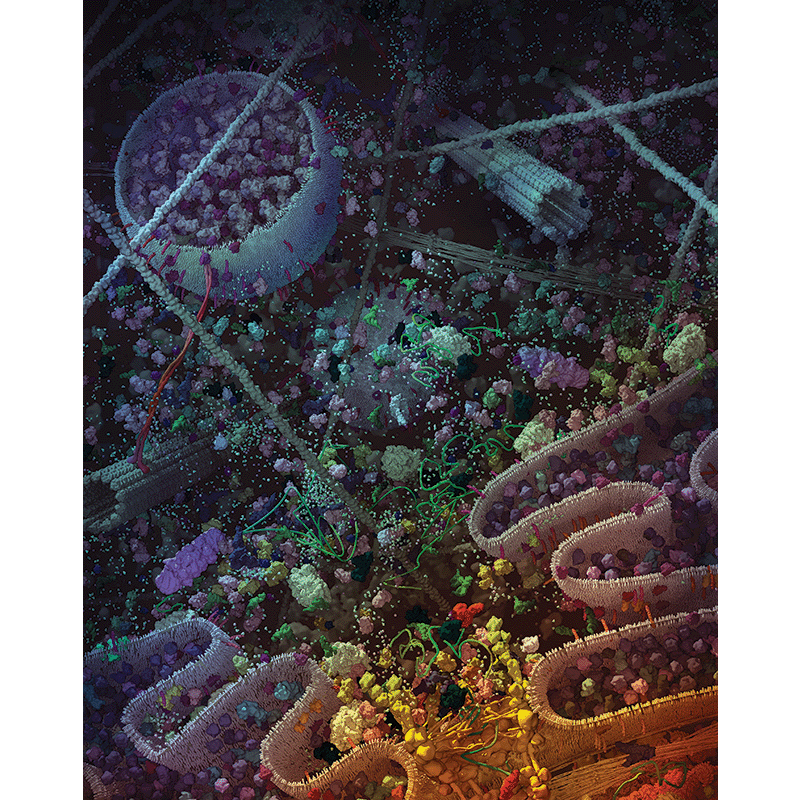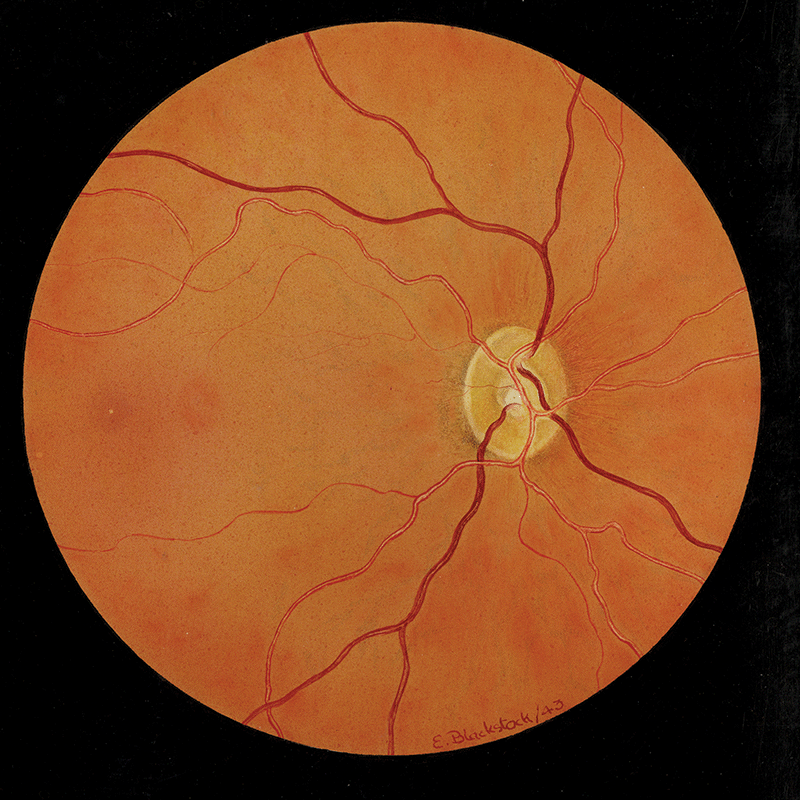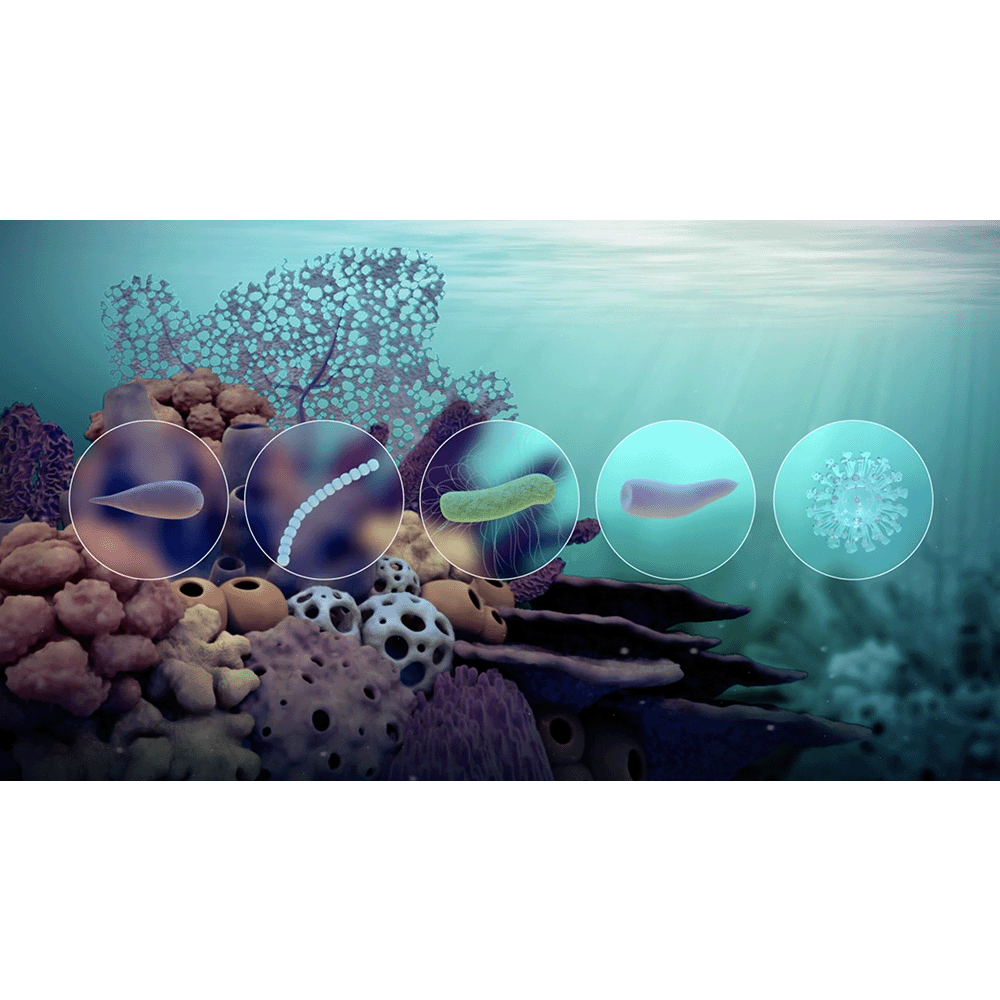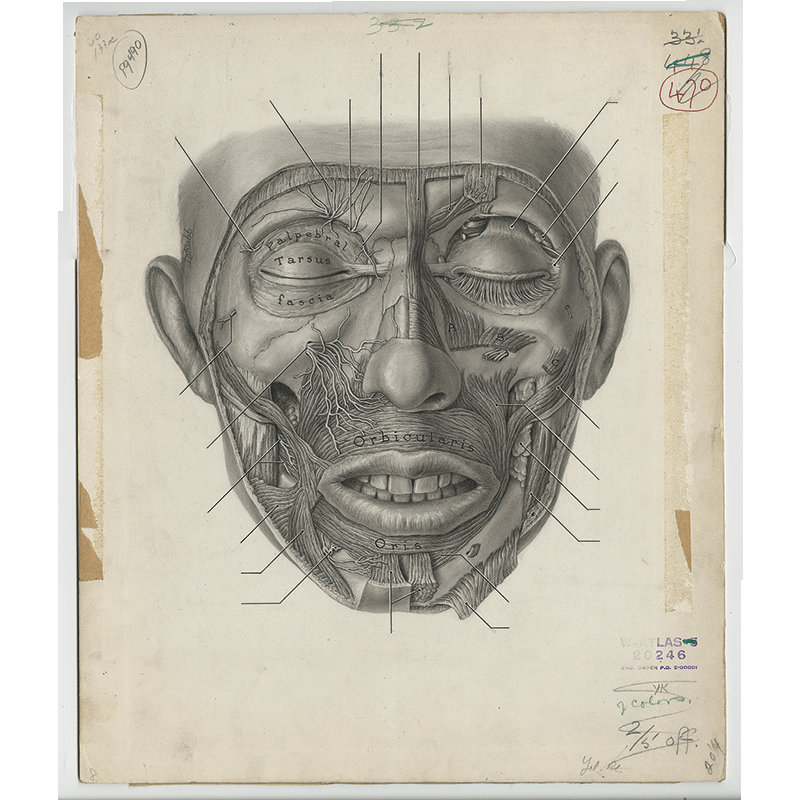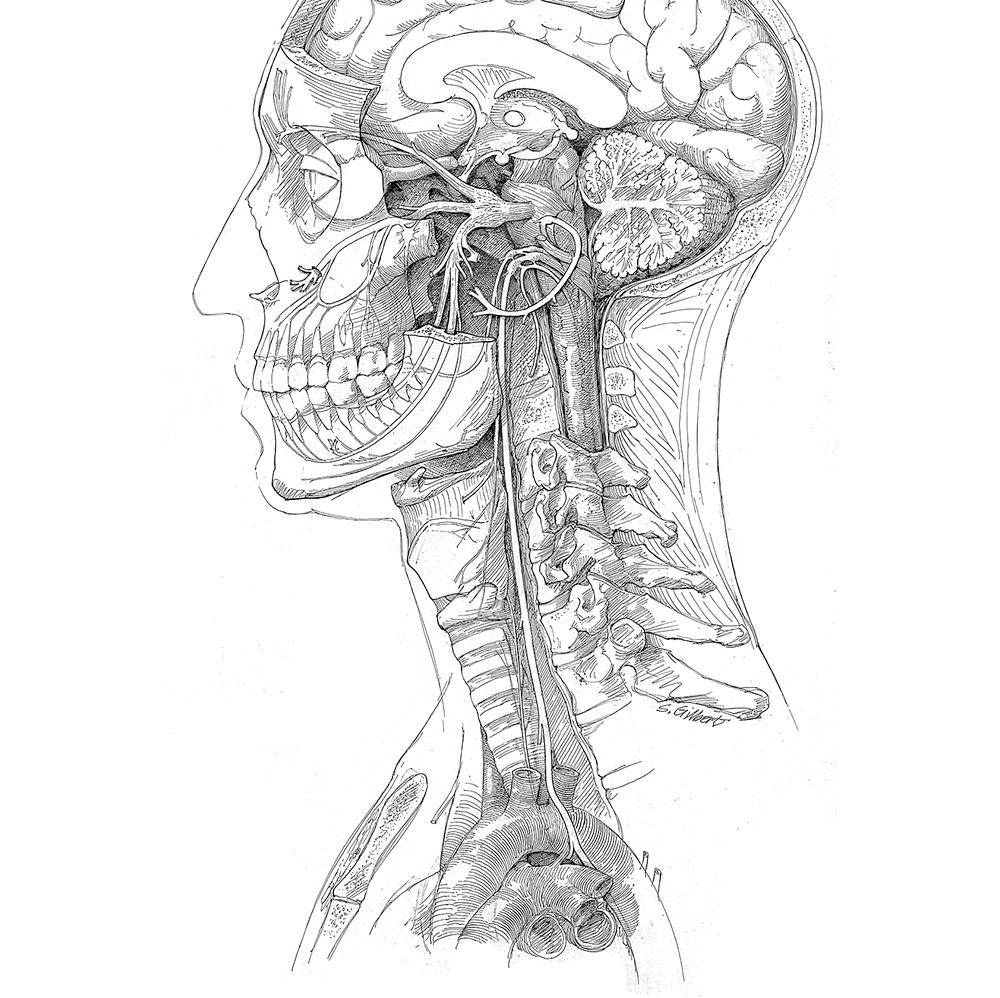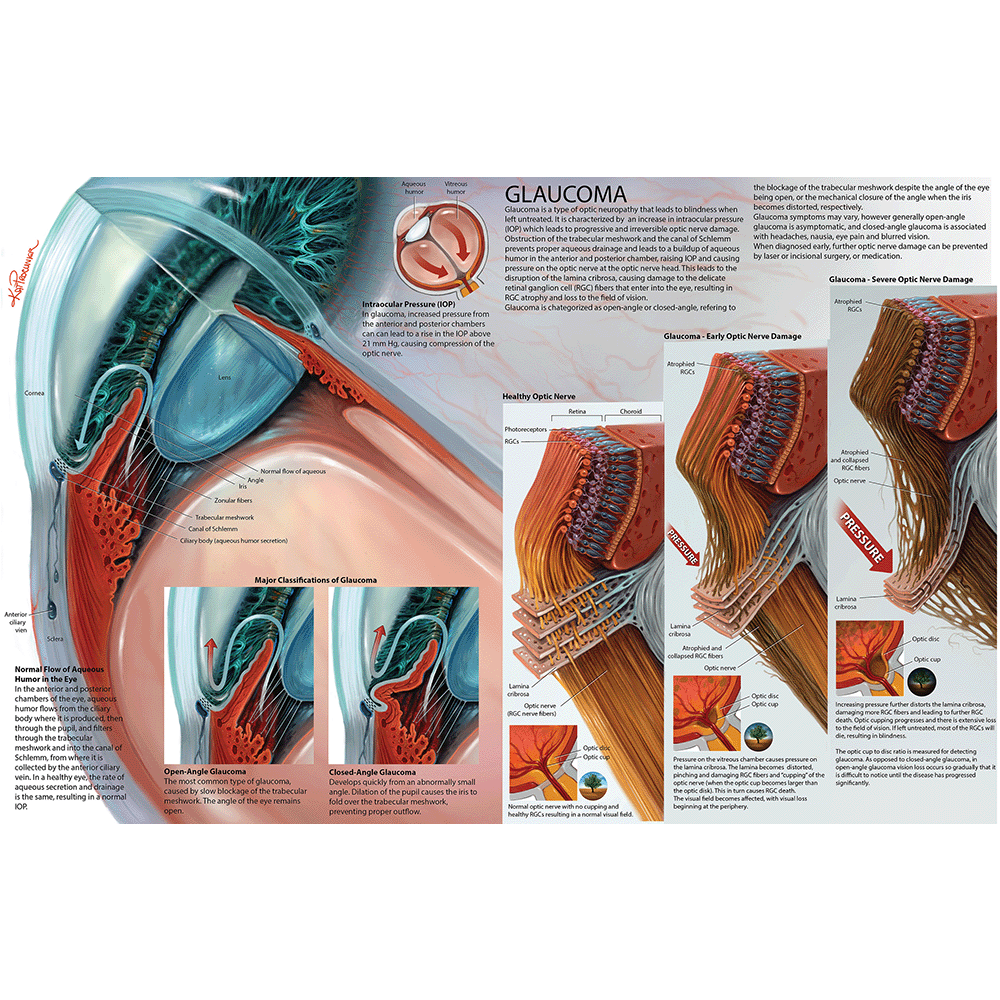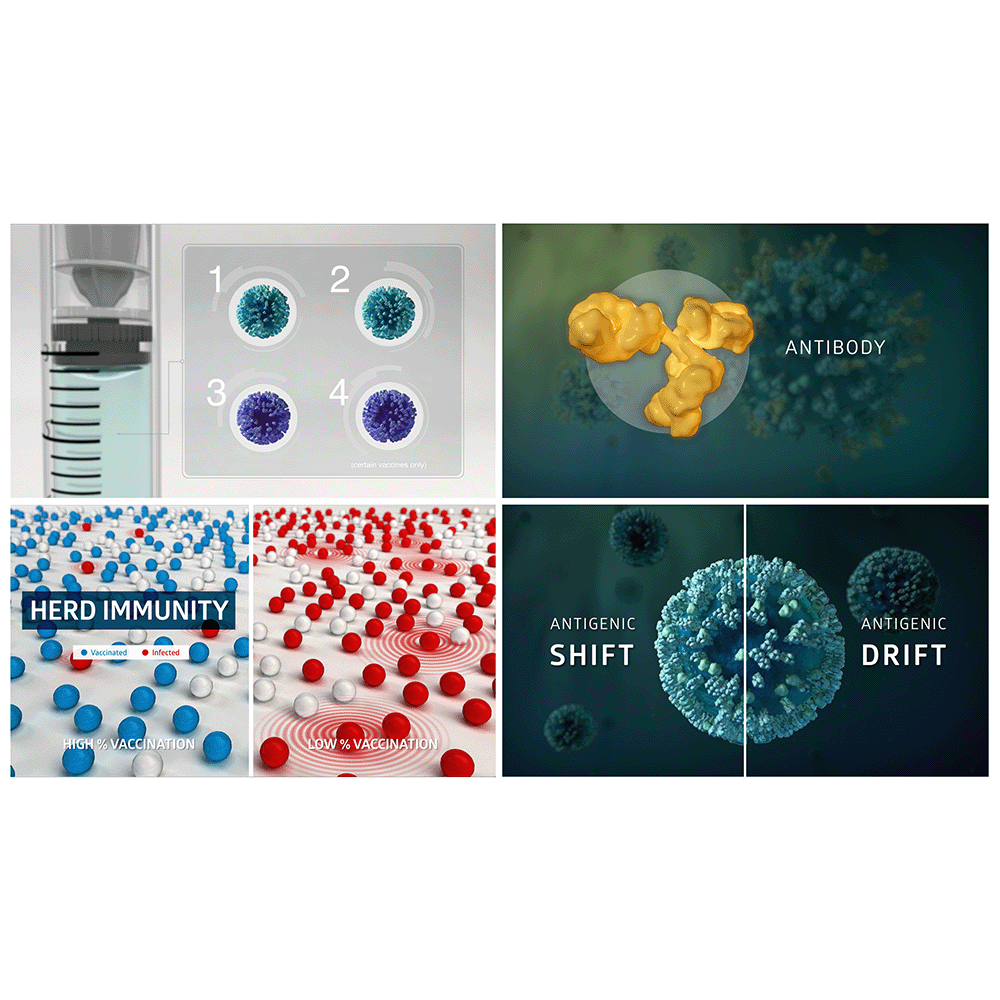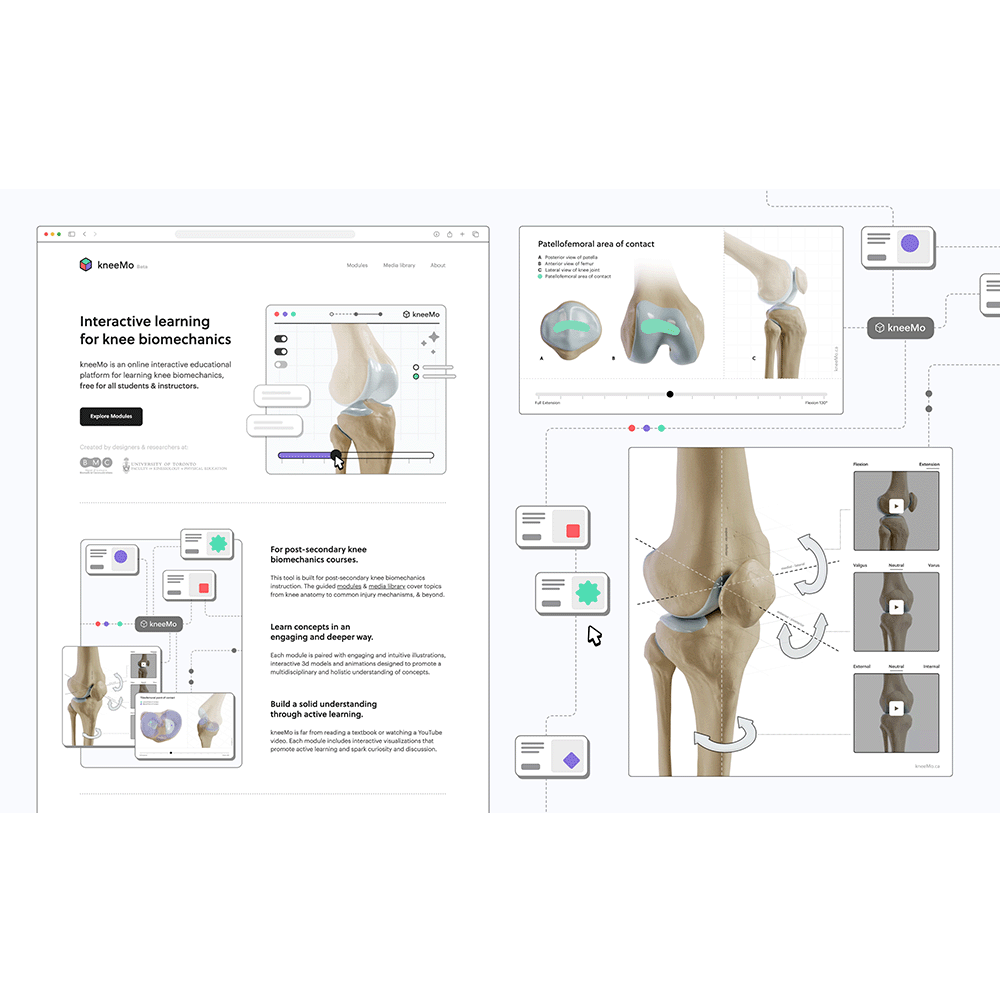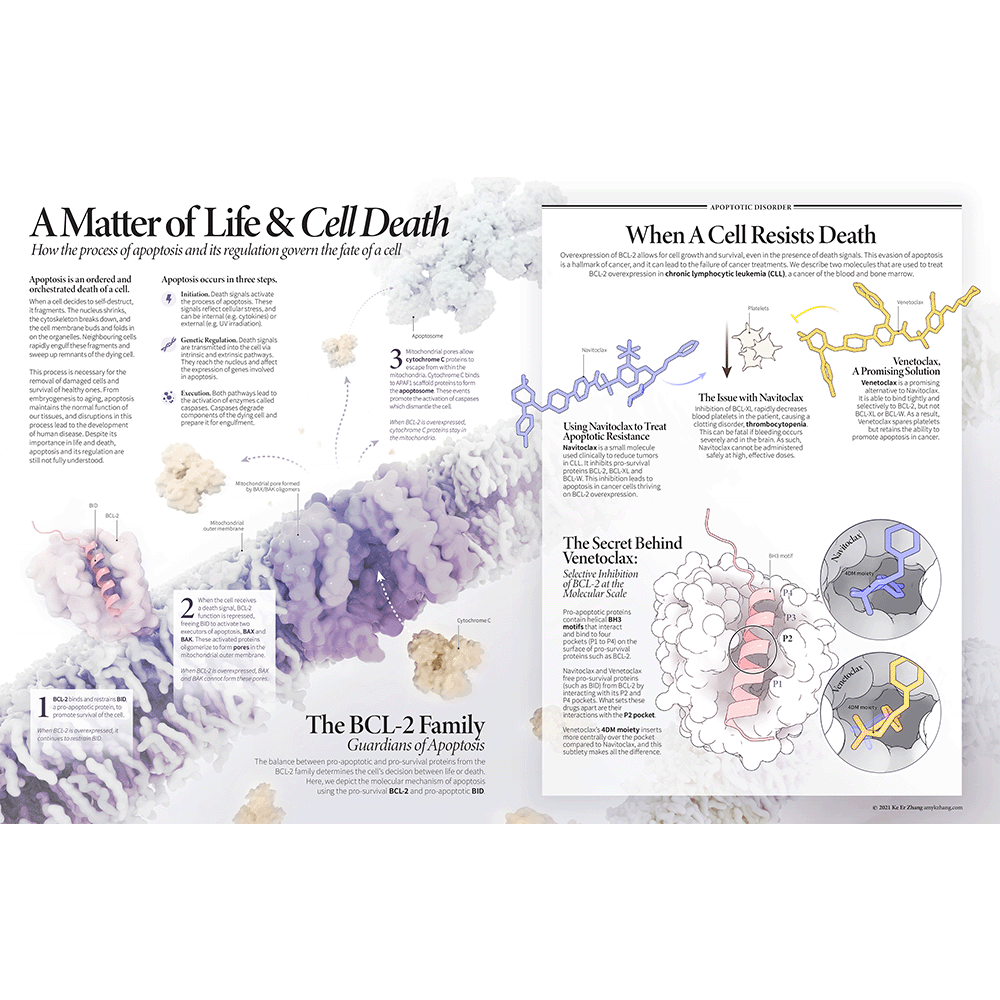Drawing from the Past
Celebrating the fine art of science illustration
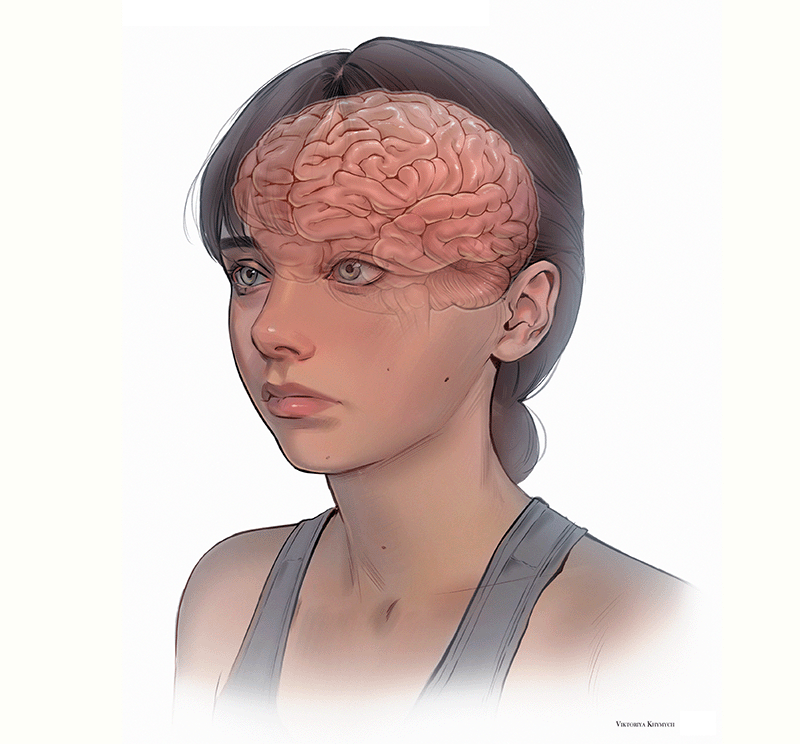
For more than 75 years, the Temerty Faculty of Medicine’s biomedical communications (BMC) program has married art and science to help physicians and later the general public understand the world in new and beautiful ways.
Founded in 1945, BMC is the only Canadian program — and one of just five in North America — to offer highly specialized graduate-level training to develop visual material for health promotion, medical education and as part of the process of scientific discovery.
Beginning as the Art as Applied to Medicine (AAM) Certificate Program, it became a bachelor of science degree (BScAAM) in the 1960s. Then in the 1990s, the program evolved again with a new name — biomedical communications — and a new mandate: to offer instruction at the graduate level.
Over the decades, the illustrators’ art supplies have advanced as quickly as the scientific and medical subjects they depict.
In the early days, program founder Maria Torrence Wishart and contemporaries Dorothy Foster Chubb and Elizabeth Blackstock used carbon dust, pen and ink, and paint to create anatomical illustrations for medical textbooks and teaching materials. By the latter half of the 20th century, photography, video and 35mm slides added new instruments to the communicators’ tool box, and their work began to reach lay audiences.
Today, biomedical illustrators rely on advanced technology to communicate more complex subjects. Digital animation and design platforms are now the go-to tools for illustration, while gaming systems and augmented reality programs are at the forefront for animations and surgical technique simulations.
Advances in science and medicine have also influenced the field, offering new opportunities to showcase discoveries at the cellular or even molecular level, as seen in the illustrations by BMC alumni Naveen Devasagayam and Sam Holmes that accompany this story.
The work of biomedical communicators has found a broader audience, too. Once aimed exclusively at scientists and health care professionals, medical illustration and animation now appear in medical advertising, educational gaming, public health campaigns and nightly news stories.
